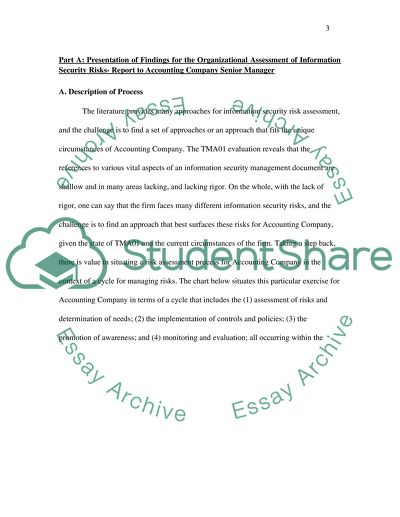Cite this document
(“Information security management Essay Example | Topics and Well Written Essays - 2500 words - 1”, n.d.)
Retrieved from https://studentshare.org/information-technology/1614173-information-security-management
Retrieved from https://studentshare.org/information-technology/1614173-information-security-management
(Information Security Management Essay Example | Topics and Well Written Essays - 2500 Words - 1)
https://studentshare.org/information-technology/1614173-information-security-management.
https://studentshare.org/information-technology/1614173-information-security-management.
“Information Security Management Essay Example | Topics and Well Written Essays - 2500 Words - 1”, n.d. https://studentshare.org/information-technology/1614173-information-security-management.


